Estimated reading time: 10 minutes
Once established, trees require very little care on your homestead when compared to annual gardens. If you are looking into growing your own medicine or at least having herbal medicine on hand, you’ll want to consider adding some of these 18 best medicinal trees for your homestead.
Want to save this post for later? Click Here to Pin It On Pinterest!
1. Alder
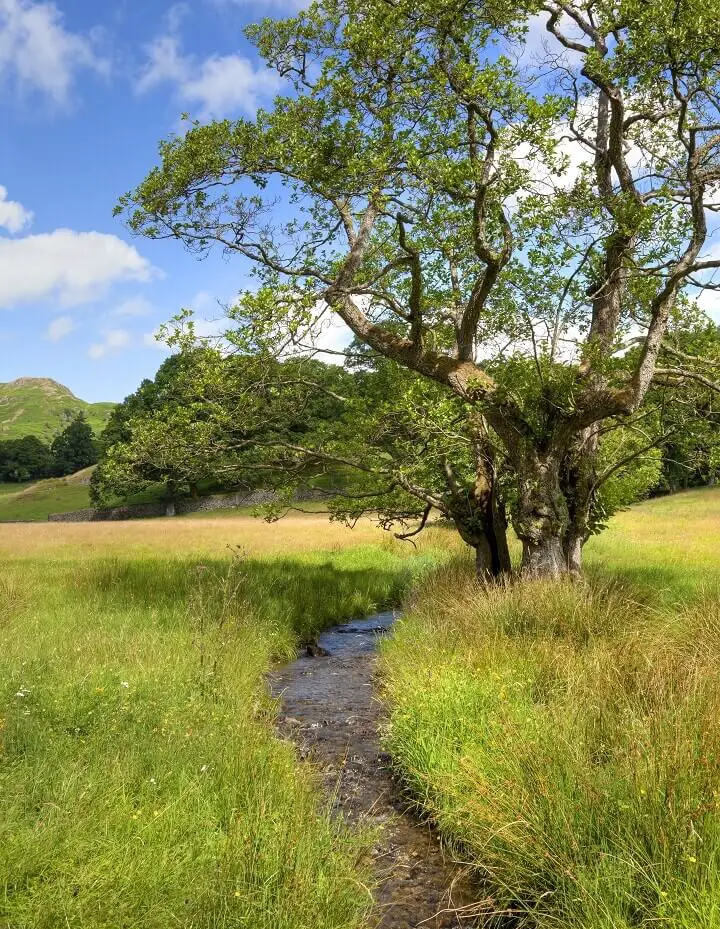
Alder trees were once thought of as trash trees because of their ability to colonize and take over. However, they are an exceptional tree for re-establishing natural ecosystems after a flood or fire. Alder trees can re-establish harmony in the human body by promoting healing and fighting infection.
Alder tea is an astringent and can be used to wash wounds and heal skin disorders such as acne. You can make a spit poultice by chewing its leaves and placing the mix directly on the wound. The sap can be used to manage itching.
2. Apple
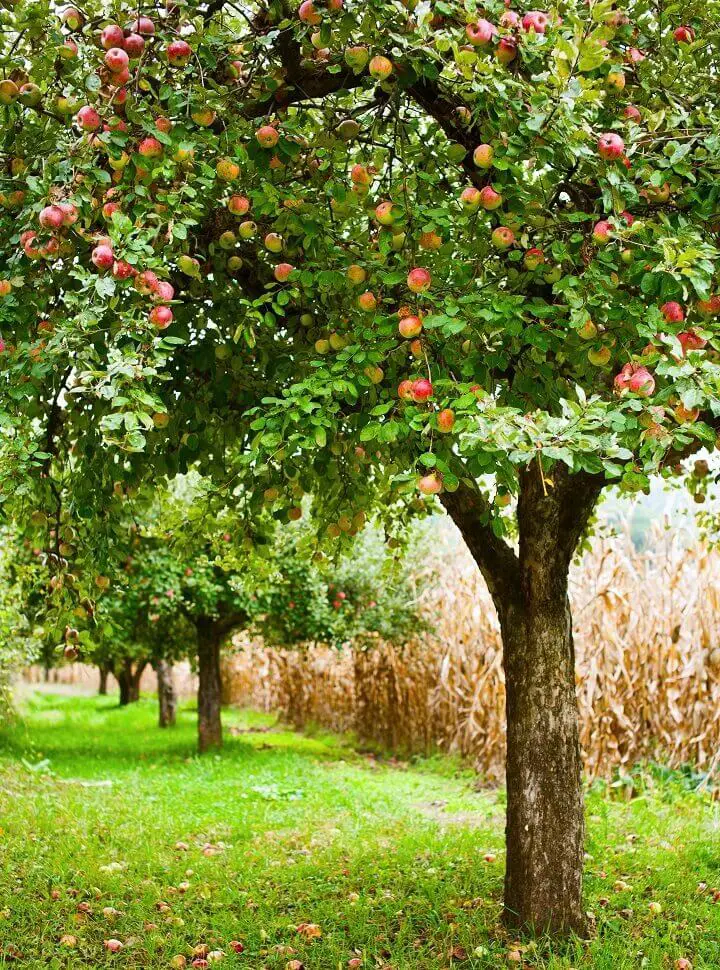
Apple trees are, of course, known for their healthy fruit. But the bark of the root of the tree can be used to treat fevers. Peeled apples may help to relieve diarrhea. Apple cider vinegar can restore gut health, promote weight loss, and reduce stomach acid.
3. Ash
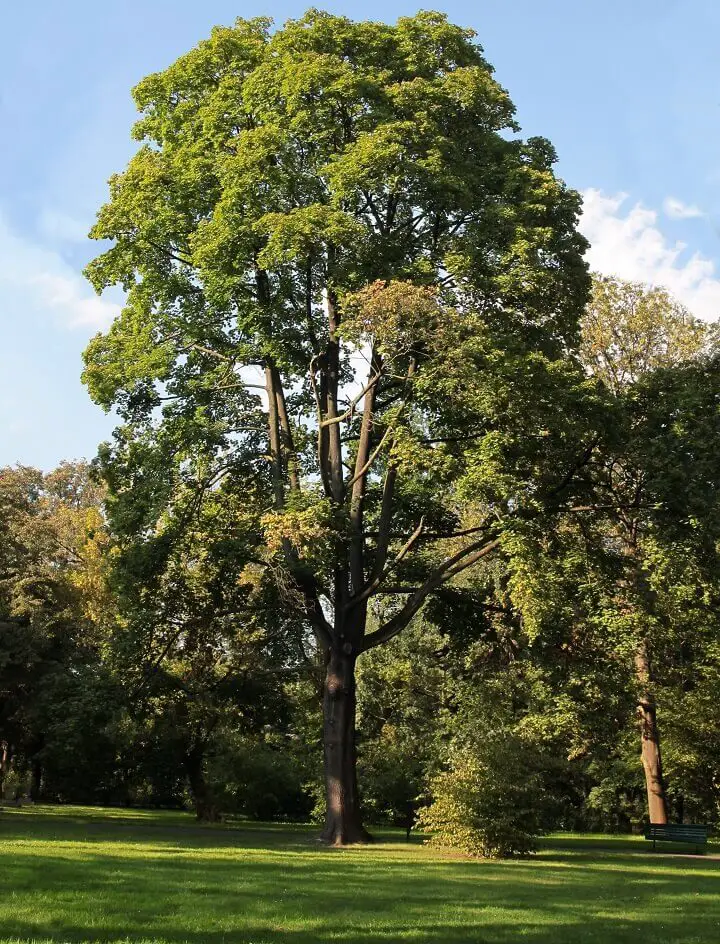
The tender new spring growth of the twig tips and leaves can be simmered to make a laxative tea that will benefit gout, jaundice, and rheumatism.
4. Birch
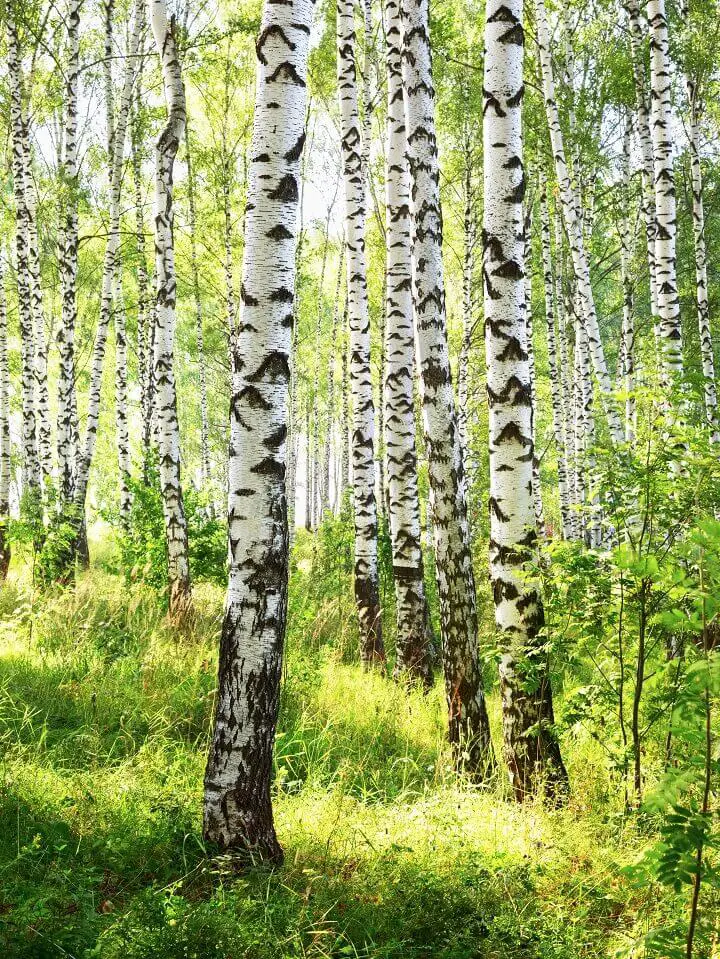
Birch trees have a thin, paper-like bark that peels away easily. Birds often use this papery bark to make their nests.
A tea made from the birch leaf or twig can act as a laxative. It can also help with mouth sores and relieve pain. A decoction of the leaves, bark, and twigs can be added to a bath to treat skin issues such as eczema and psoriasis.
5. Cedar
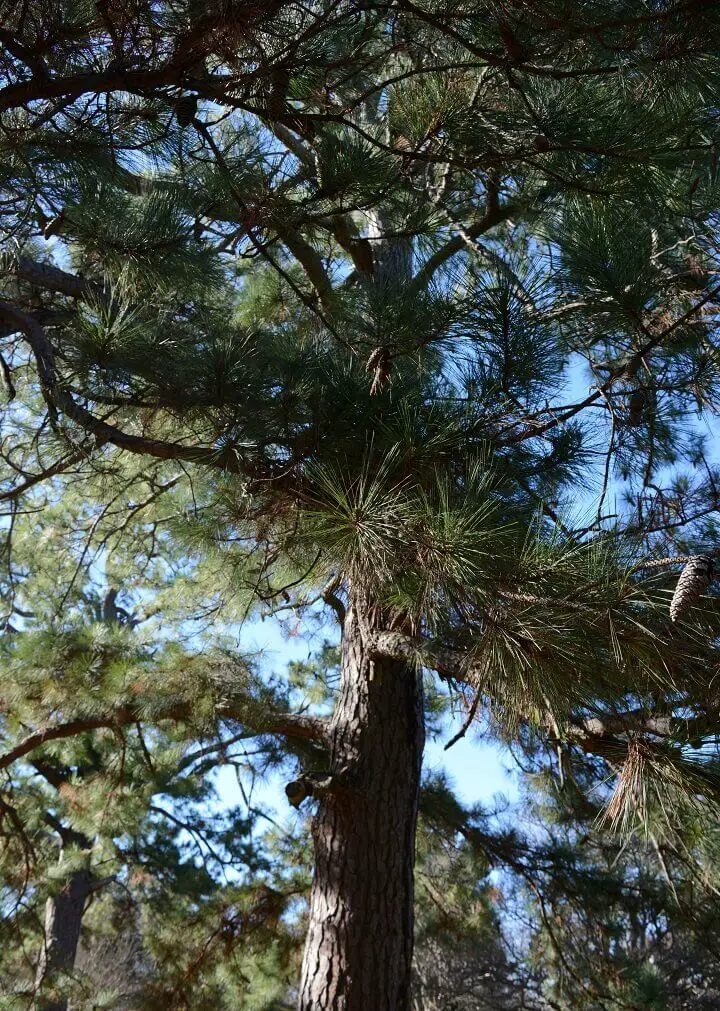
Tea made from the leaves and twigs of the cedar tree is high in vitamin C and is used to treat fevers, rheumatic pain, colds, and flu.
6. Elder
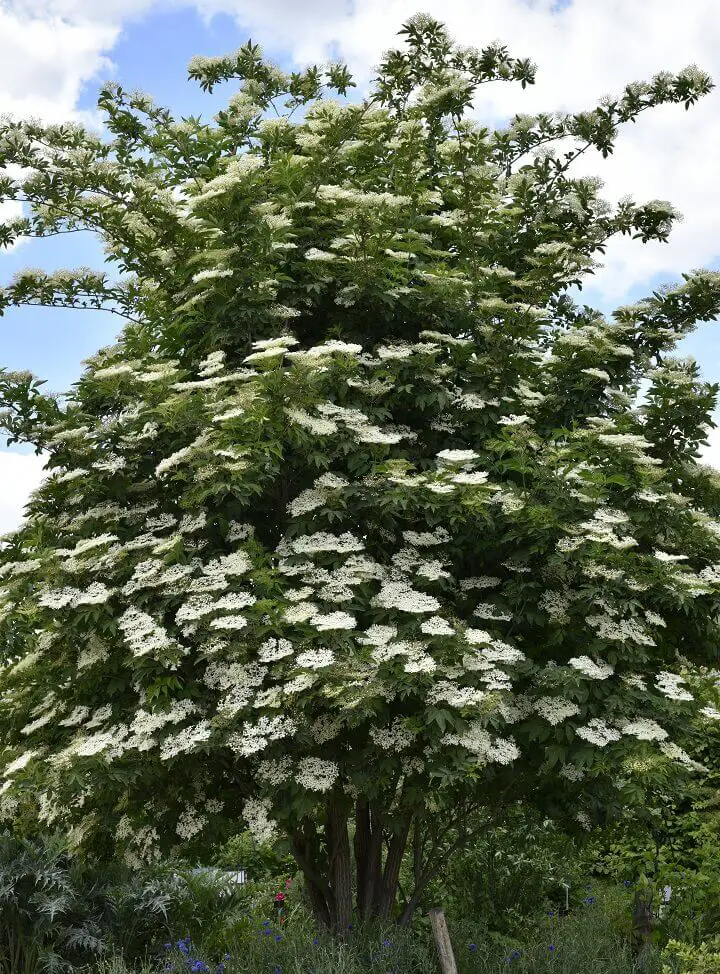
Small elder trees produce clusters of white flowers in the springtime, followed by deep purple to blackberries in the autumn. Elderberry tea is taken to strengthen the lungs and blood. However, elderberry syrup or extract is known for its immune-boosting properties.
It is often used to shorten the length and severity of the flu and common colds. Young leaves of the elder tree are used to make salves and tinctures to help heal the skin. Raw elderberries are poisonous and must be cooked before being eaten.
7. Hawthorne
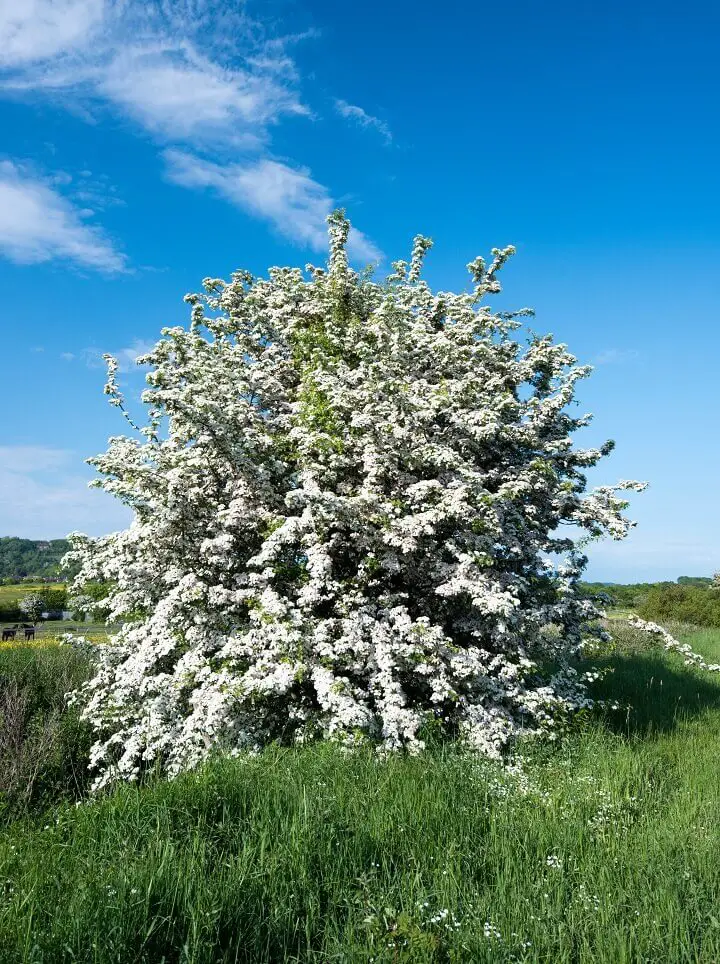
Hawthorne is used as a superfood for the cardiovascular system. It can lower high blood pressure and raise low blood pressure. Hawthorne is also said to strengthen weak veins and help the heart pump more efficiently.
Hawthorne leaves and flowers can be made into a tea or a tincture which can be used daily, although prolonged use may cause a drop in blood pressure.
8. Hazelnut
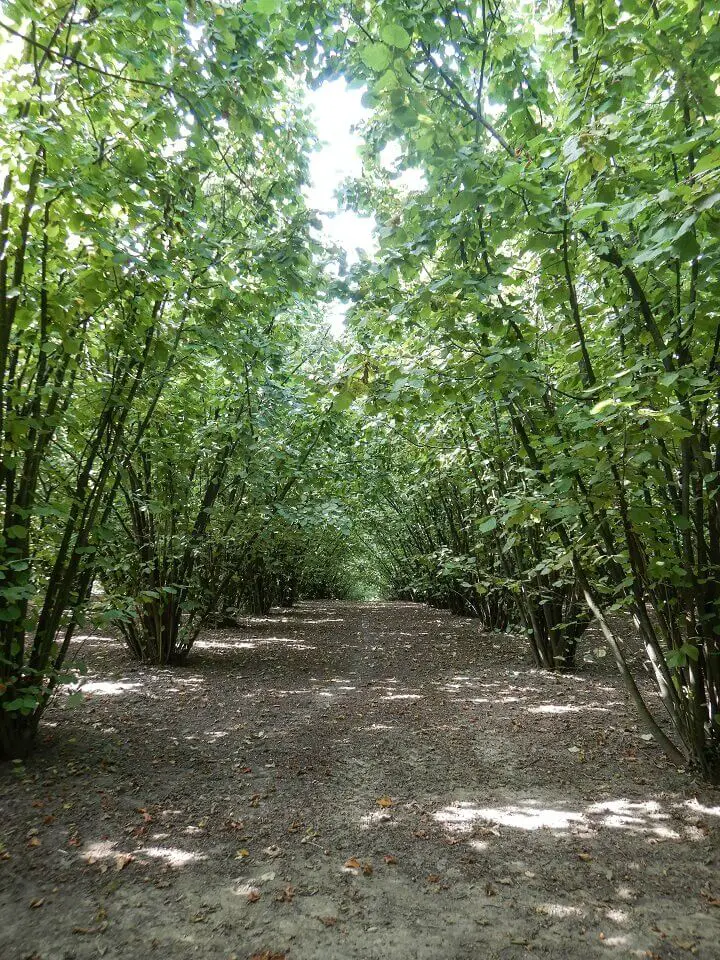
Native Americans made tea from the bark of hazelnut trees to treat hives and fevers. A poultice made from the bark was used on cuts, sores, tumors, and skin cancer. Hazelnut may improve heart health and prevent the hardening of the arteries.
9. Holly
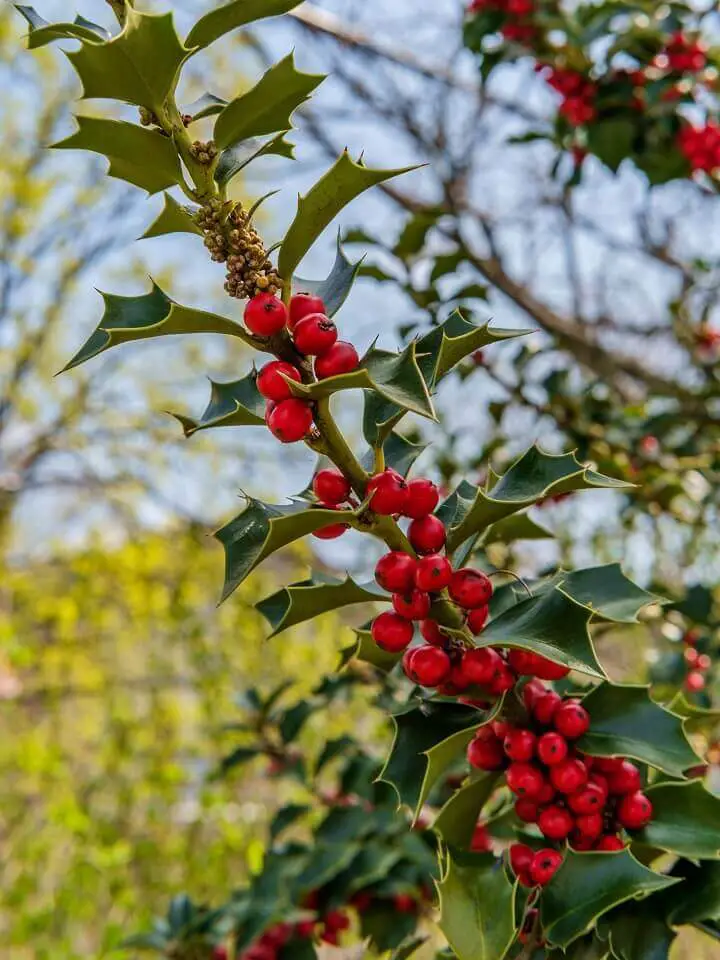
There are several types of holly trees. The fruit of the American Holly tree was once used to make tea to treat cardiac problems. The leaves of English holly can be used as an infusion for colds, flu, and cough. All holly tree varieties have berries that can cause vomiting and diarrhea when ingested in large quantities.
10. Linden

The flowers, bark, and leaves of the linden tree can be made into an herbal infusion to treat high blood pressure, anxiety, and digestive issues.
11. Mountain Ash
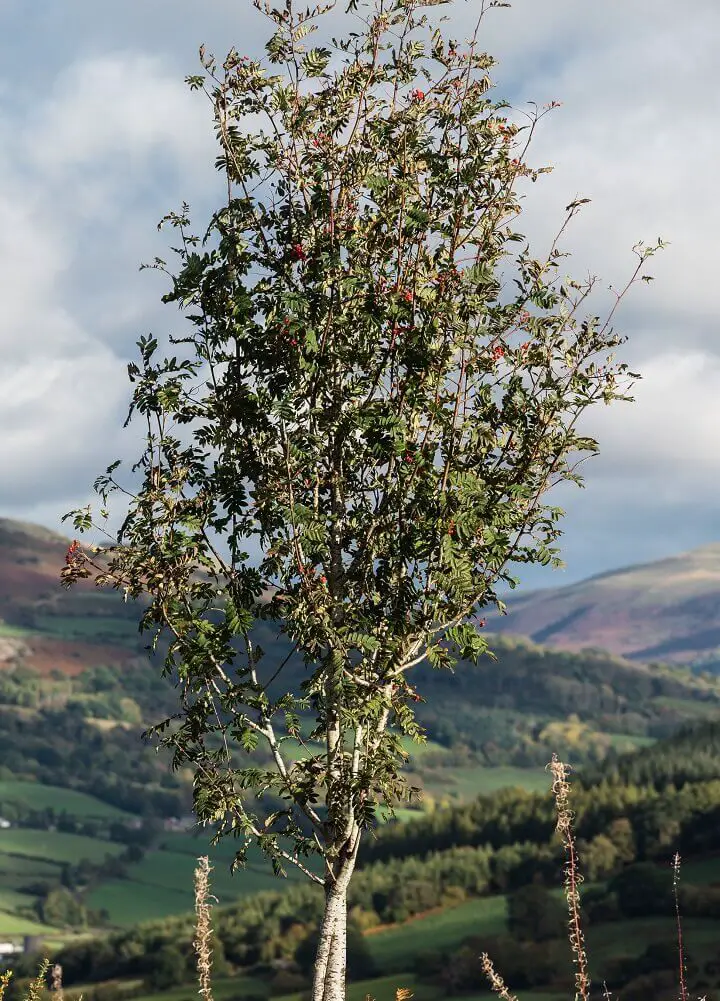
The mountain ash tree isn’t related to the ash family but has similar-looking leaves. It is used as a decoction to treat diarrhea. On the other hand, it can be made into an astringent to treat hemorrhoids.
12. Oak
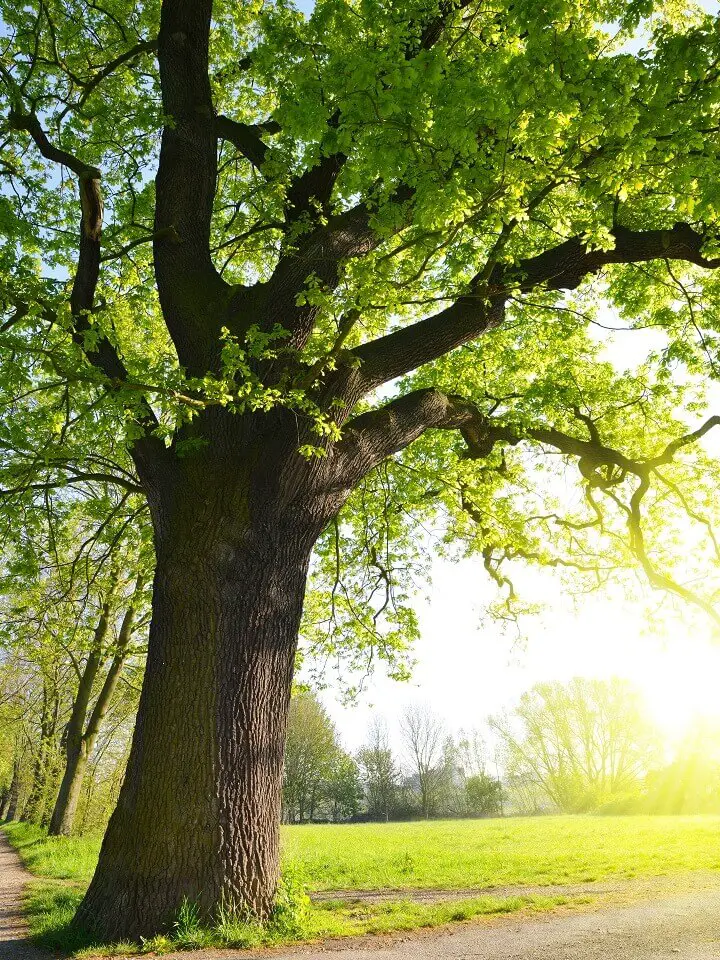
Oak trees are best known for their adorable acorns, which can be ground into flour. However, the tannins in oak bark can be used as an astringent, antiseptic, and antiviral. Tea made from white oak bark can be used for chronic diarrhea and mucus discharge. Ingestion of oak for prolonged periods may be harmful.
13. Pine
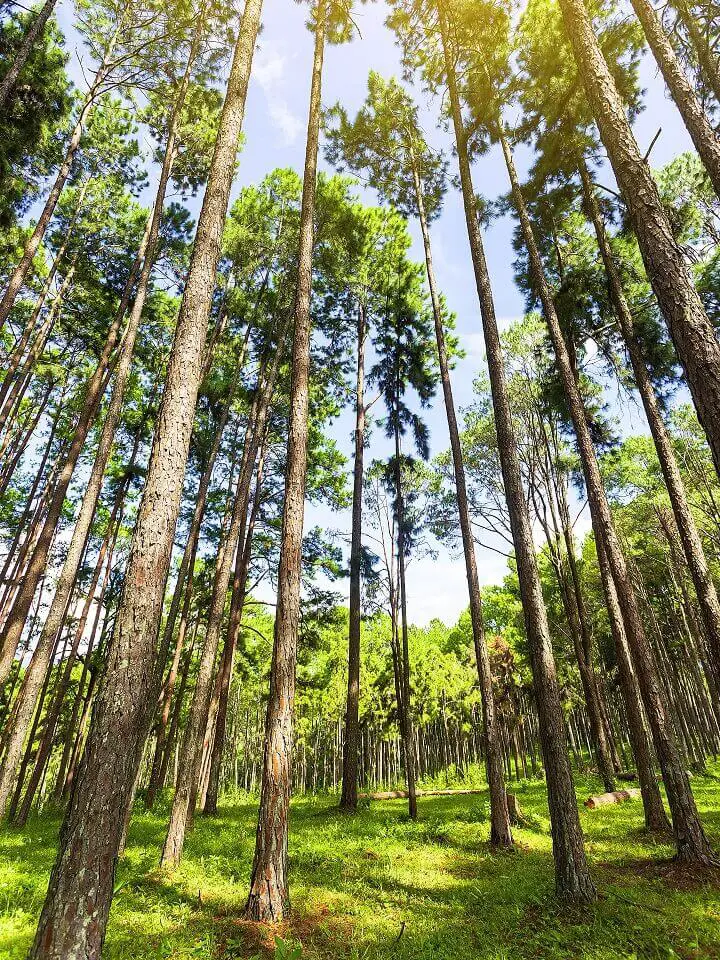
Tea made from the twigs and needles of pine trees is high in Vitamin C. It is used for sore throats, colds, and coughs. The tea can also be useful as a wound wash because of its antiseptic properties. The most palatable species is the white pine.
14. Poplar
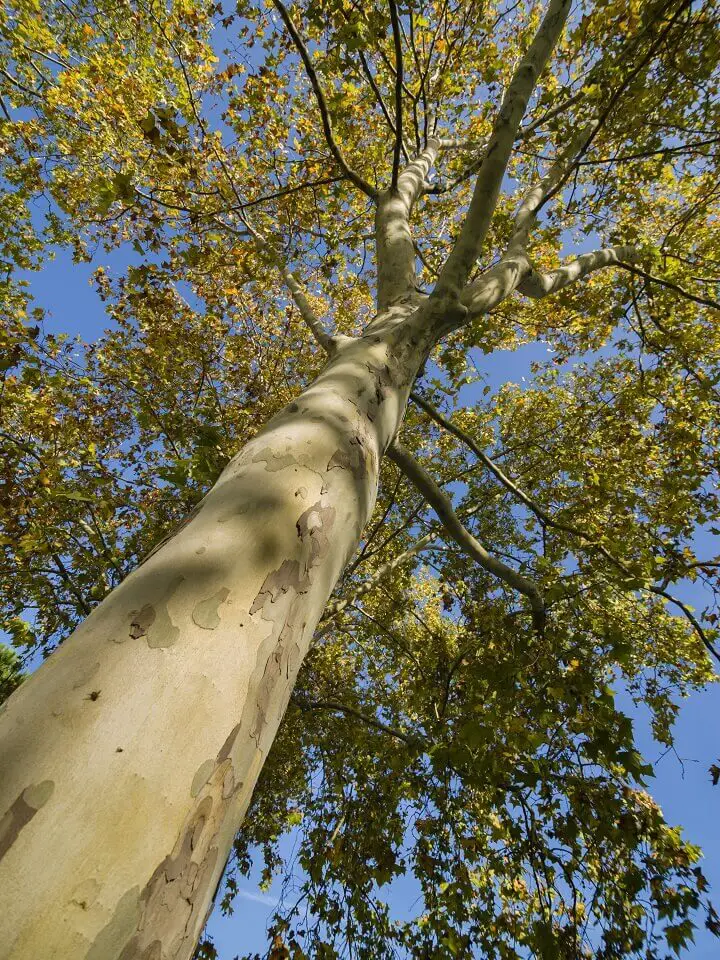
Poplar is a source of salicin, which becomes salicylic acid once it is ingested. This precursor to aspirin works as an anti-inflammatory, pain killer, a blood thinner, and relief for chest congestion. Use it as an infusion or decoction.
15. Slippery Elm
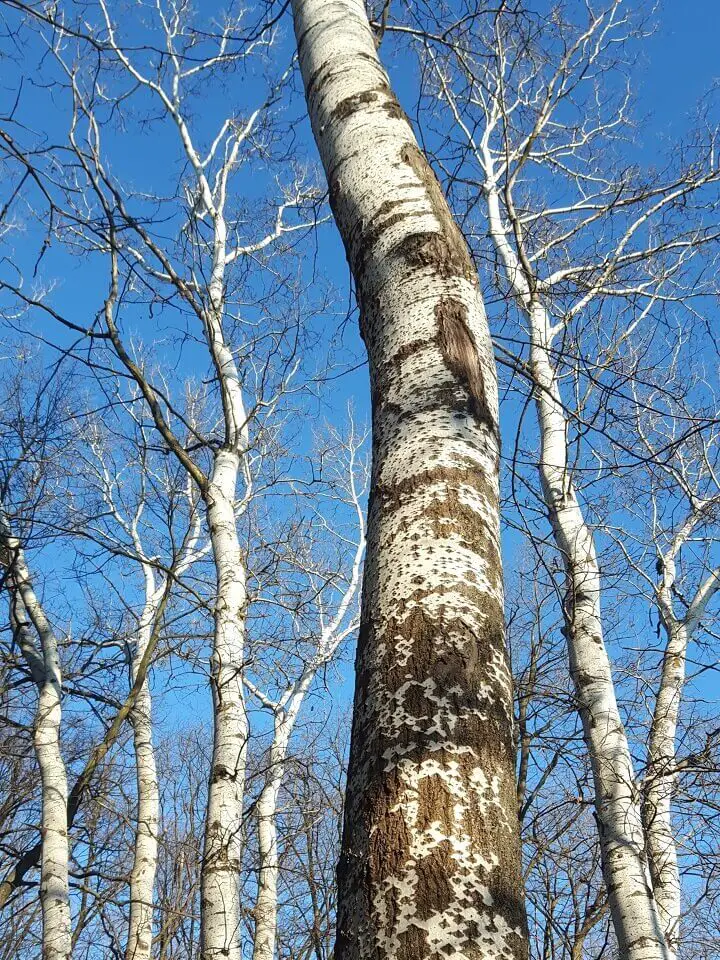
The inner bark of the slippery Elm is the part of the tree that is used for medicine. The inner bark is first dried and made into a powder. The powder is then mixed with water to make a paste. The paste can be applied to injuries, gunshot wounds, and swelling to clean and protect the wound. Slippery Elm can relieve symptoms of irritable bowel syndrome and reflux.
16. Sugar Maples
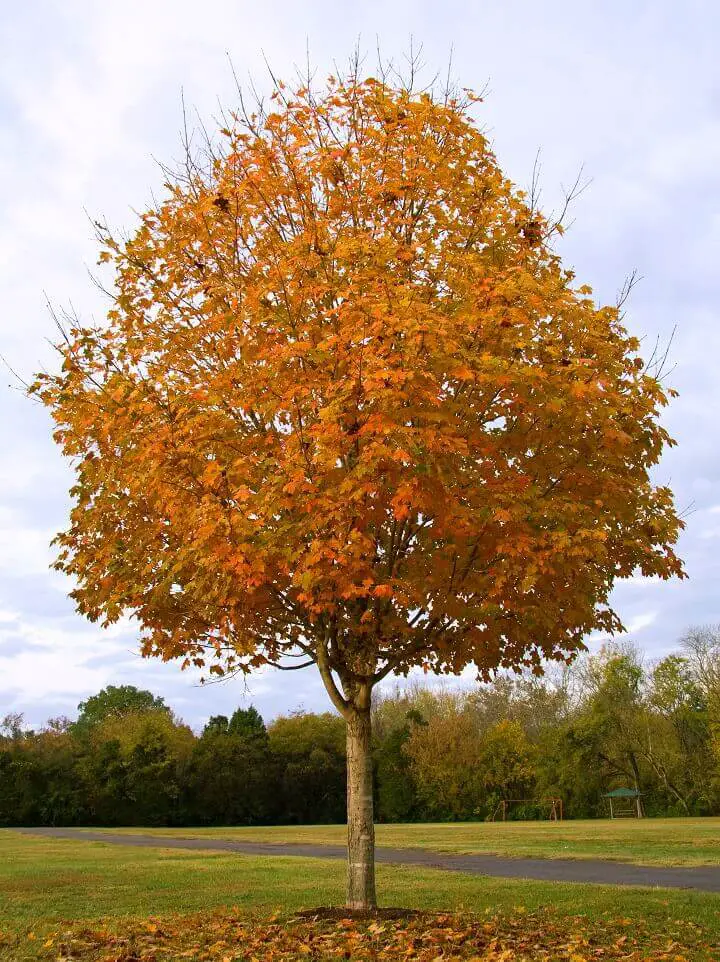
Sugar maples are well known for their sweet, sugary sap, but they also have medicinal properties. Tea made from the sugar maple bark was used to treat diarrhea. It is also used as a cough remedy and expectorant.
17. Walnut
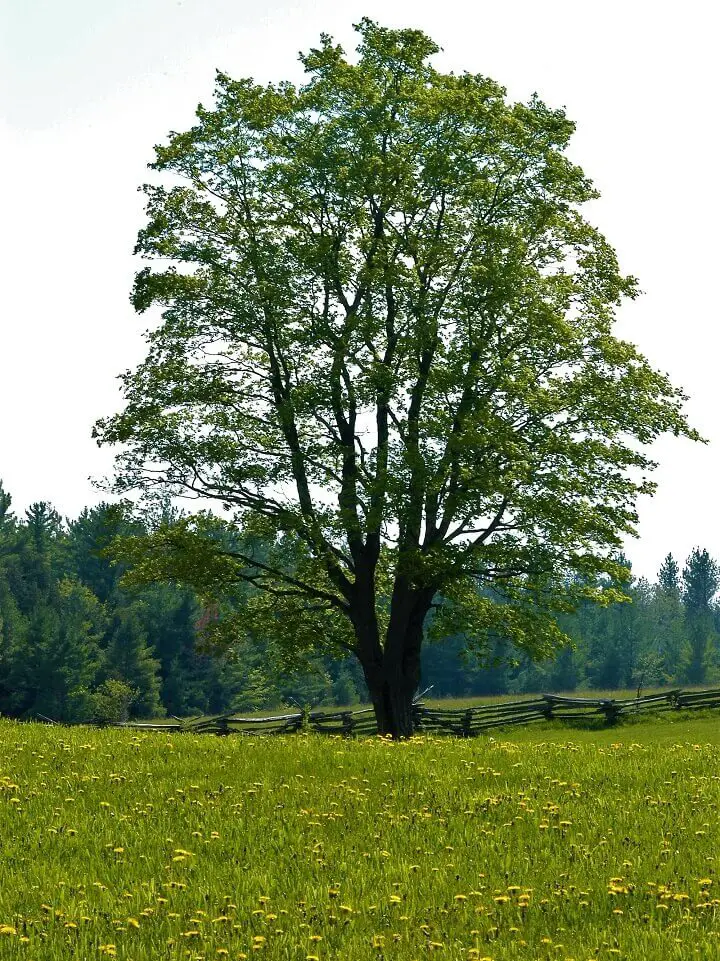
Oil extracted from walnut kernels is used to treat colic. It can also be applied to the skin to treat skin wounds and diseases.
18. Willow
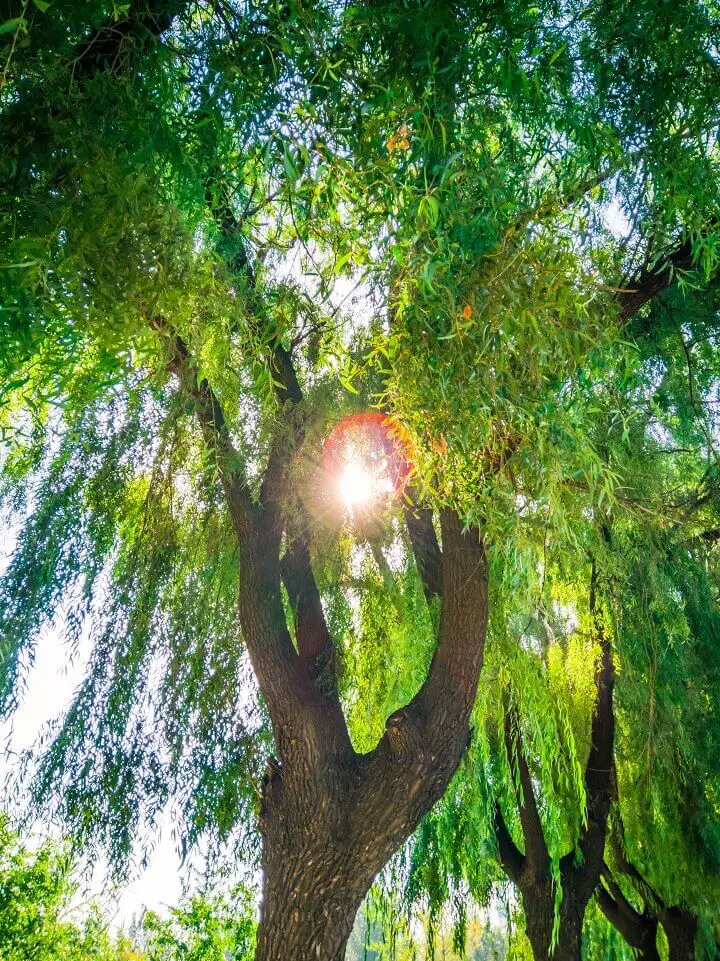
Willow bark is well known for treating pain, headaches and acting as a blood thinner. The extract of willow bark is known for its salicin, the precursor to modern-day aspirin.
| Tree | Medicinal Effect | How to Use |
|---|---|---|
| Alder | Treat wounds, skin disorders, itching. | Apply alder tea to the skin. |
| Apple | Gut health, weight loss, diarrhea. | Apple cider vinegar and eaten fresh as raw, peeled apples |
| Ash | Gout, jaundice, rheumatism. | Tea. |
| Birch | Laxative, pain relief, psoriasis, eczema. | As a tea or as a decoction added to bathwater. |
| Cedar | Fever, Pain, cold, and flu | Tea |
| Elderberry | Boosts the immune system to fight off cold and flu | Syrup or tea (berries must be cooked). |
| Hawthorne | Blood pressure and cardiac care | Tea or Tincture |
| Hazelnut | Hives, fever, skin issues | Tea and poultice |
| Holly | Cardiac Care, Cold, and flu | Tea |
| Linden | High blood pressure, anxiety, digestion | Herbal Infusion |
| Mountain Ash | Diarrhea and hemorrhoids | Decoction, astringent |
| Oak | Astringent, antiseptic, antiviral | Tea |
| Pine | Sore throats, coughs, colds | Tea |
| Poplar | Anti-inflammatory, pain killer, blood thinner, chest congestion | Decoction or infusion |
| Slippery Elm | Irritable Bowel, Reflux, Wound care | Paste |
| Sugar Maple | Diarrhea, cough remedy, expectorant | Tea from sap |
| Walnut | Colic, skin wounds, and disorders | Oil extracted from the ripe kernel |
| Willow | Pain, headache, blood thinner | Salicin from the tree’s bark |













Your poplar tree looks like a sycamore or a London plane tree. I see these every day where I live.
The poplar in my area is the tulip tree or yellow poplar or canoe tree, and probably other regional names. The London plane tree has the same bark as the sycamore, but is not as white.
How about the English Yew tree? The bark is the source of a potent cancer killing tea. In fact, Taxol, the expensive, side-effect laden chemo drug is refined from yew tree bark. Tea made from the bark of the Yew tree is different from the refined extract. It contains about 40 other compounds which work with taxol to make it more selective for cancer cells, reduce side effects and help with other healing pathways. Yew tree tea is far better than chemo. It won’t make you sick from side effects, and it nourishes as it heals.
Love your emails!
Just noticed that the Cedar tree picture doesn’t look like any Cedar I’ve seen. That picture looks more like an Oak…I know stuff happens. We’re all living it! Lol
Thanks for the info on the medicinal properties of each tree.
You’re right, that’s the wrong picture. Thanks for pointing this out! I changed it.